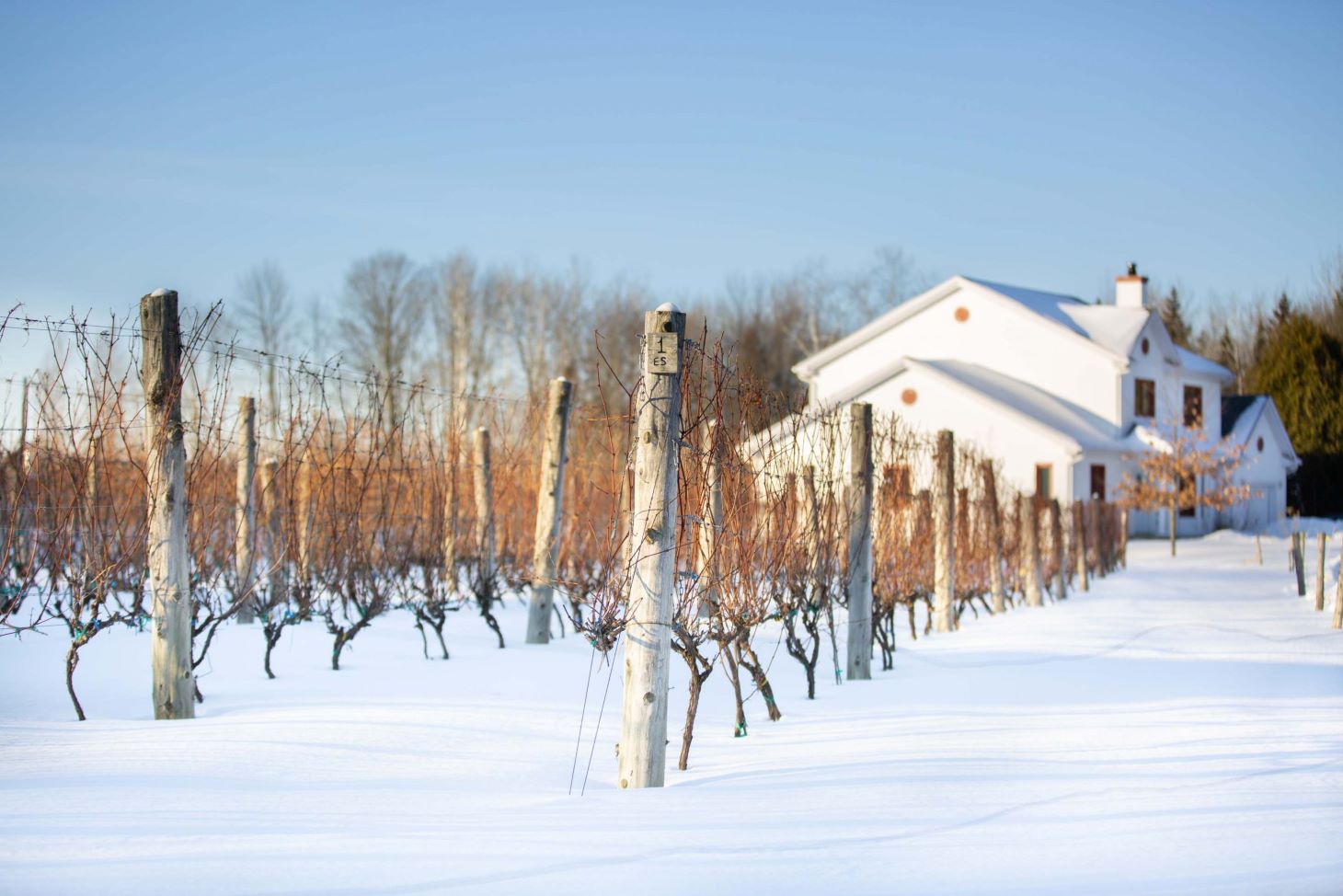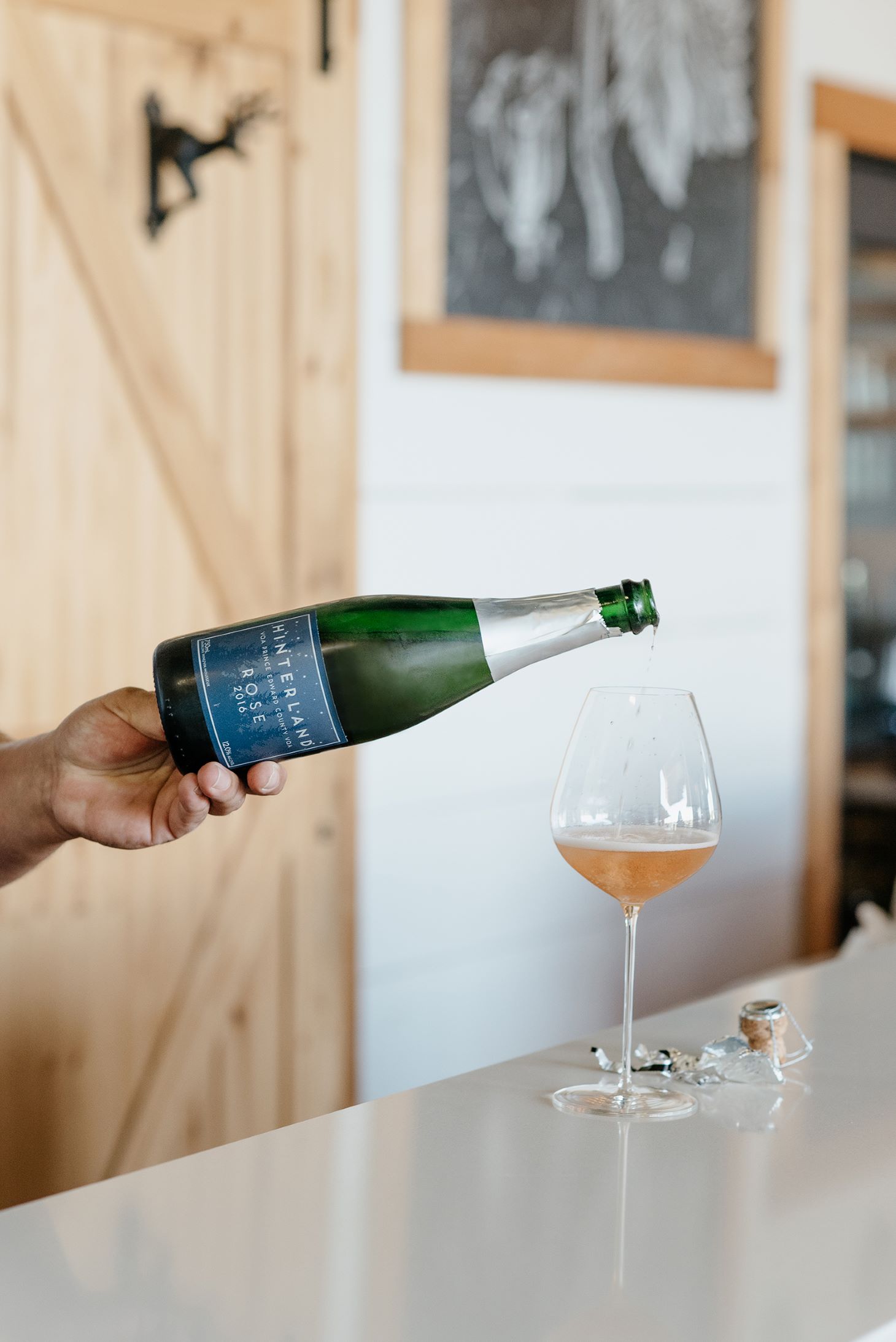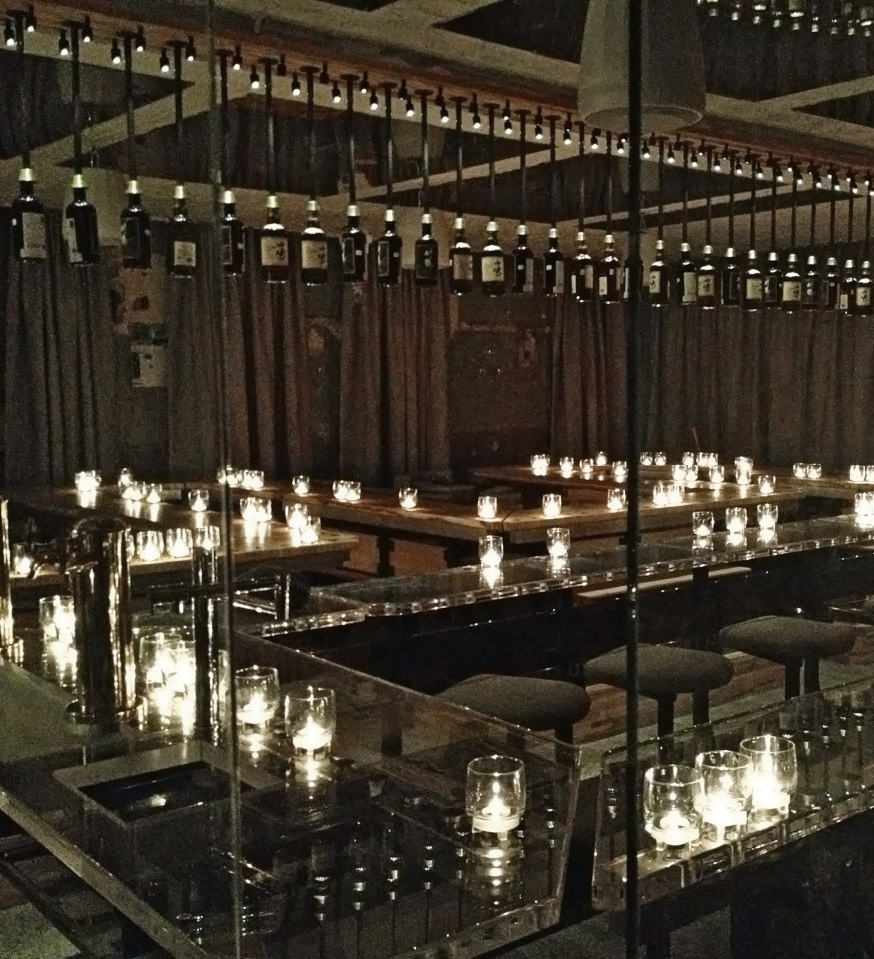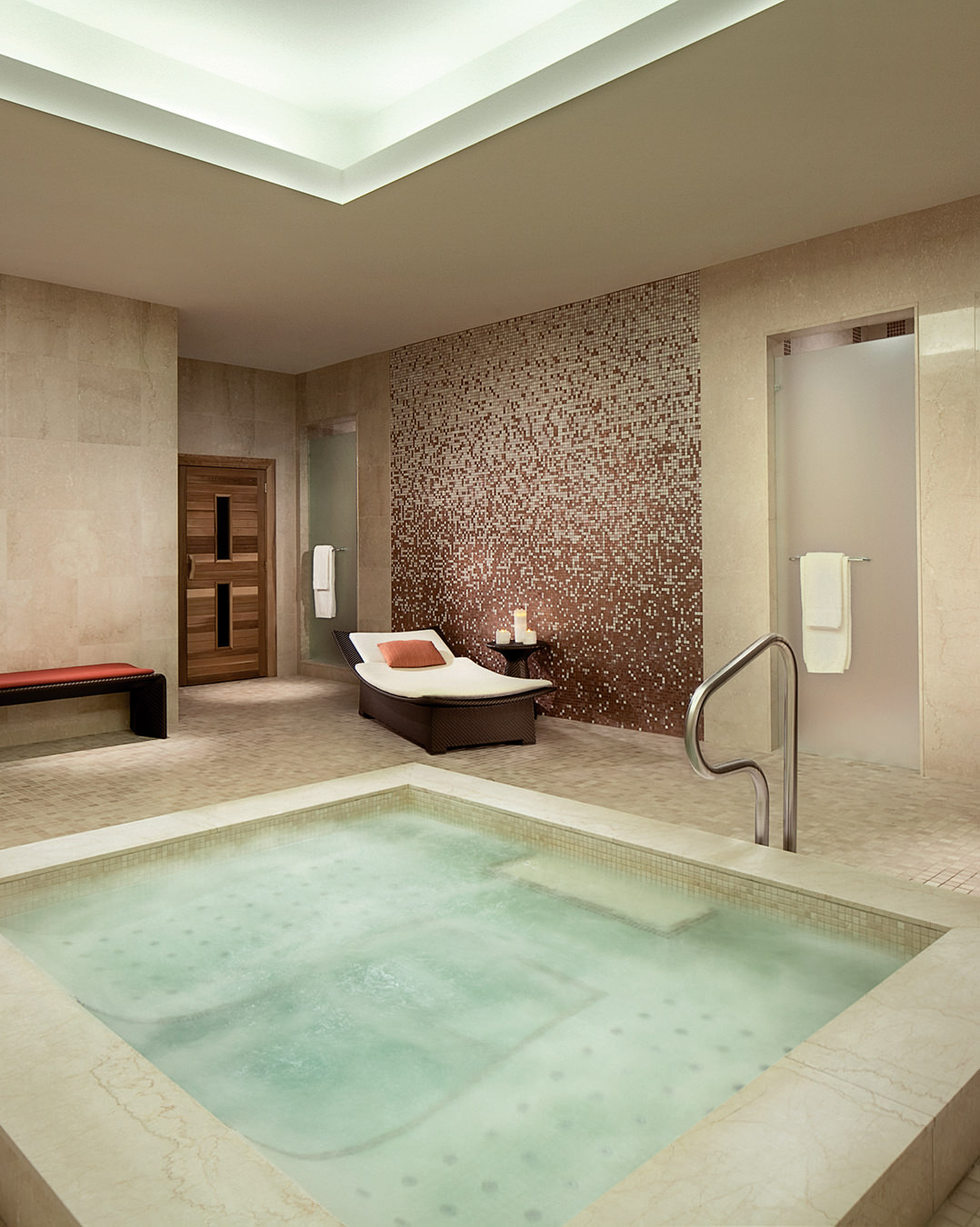The State of Canadian Sparkling Wine Is Reason Enough to Pop a Bottle
True north, strong and bubbly.

Broadly speaking, Canada’s wine industry has never been stronger. In the Okanagan, powerful reds made from syrah, merlot, and cabernet franc stand a fighting chance against the wines of Bordeaux. Ontario’s aromatic whites and light reds provide a depth of flavour comparable to the rieslings and pinots from Alsace and Burgundy. And in Quebec and Nova Scotia, experimental wines of all types show off these frigid regions as guiding lights in the rapidly evolving world of fine wine. The one consistent across all of Canada’s wine-making regions? The distinctive elegance of the sparkling wines, a style that seems suited to all the diverse climates and terroirs, and reason enough for Canadian wine drinkers to pop a bottle in celebration.
What then makes Canada such a successful producer of sparkling wines? The cool climate conditions that tie its wine regions together not only mean that grapes retain their natural acidity but may also be the most significant contributor to quality sparkling wine production.
One of the coldest wine regions in Canada, Quebec’s Eastern Townships southeast of Montreal, is producing a significant amount of sparkling wine. Eve Rainville, who, along with her husband, Marc Théberge, runs Domaine Bergeville, Quebec’s only winery devoted entirely to the production of sparkling wine, thinks it has the chance to be the region’s endemic style. “We really believe that Quebec is made for sparkling wine,” she says.

Photo of Domaine Bergeville by Emmanuelle Roberge
Because of what Rainville calls the region’s “nordicity” in climate and terroir, hybrid grapes predominate in the vineyards. These cold- and disease-hardy offspring of European Vitis vinifera and North American grapes are famed for their high acidity, which, in the deft hands of Théberge, proves ideal for producing racy, acid-driven sparkling wines that embrace their eccentricities. Domaine Bergeville’s flagship Le Blanc from the 2022 vintage, a blend of vidal, seyval blanc, acadie blanc, st-pépin, and other hybrid grapes, encapsulates the nordic climate with notes of peach and Granny Smith apple, as well as a surprising gingerbread quality from the 15 months (at minimum) spent on lees.
In Ontario’s Prince Edward County, a fledgling wine industry (only officially defined in 2007) is beginning to parse what can be successfully made there long term, and sparkling wine is one of the front runners. While The County is still one of Canada’s coolest wine regions, and it does produce wines with hybrid grapes, its macroclimate benefits from Lake Ontario’s warming influence, meaning that the noble grapes of Champagne can flourish there. According to Jonas Newman of Hinterland Wine, the region’s most prominent bubbly-focused producer, sparkling wine “is money in the bank.” Because of the nature of the style, holding back wines for lees aging and blending purposes is “a bit of an insurance policy. You can sort of manage your inventory to suit your cash flow needs.”

Hinterland Wine

One place sorely in need of the financial boon sparkling wine can offer is the Okanagan Valley, a region whose capacity to produce outstanding sparkling wine is often tempered not by the cold but by heat. Nevertheless, this northern extremity of the Sonora Desert remains a cool-climate wine region, and after consecutive winters of being hit by hard freeze events that devastated the region’s vineyards, many wineries are rethinking which grapes work best in a climate that can range from scorching to devastatingly cold, and this experimentation is looking promising for Canadian sparkling wine fans.
One such winery, Summerland’s Lightning Rock, is focusing on its ageable, traditional method wines made from 100 per cent estate grown pinot noir while also experimenting with finding new grapes that are both well suited to producing sparkling wine and able to withstand the region’s extreme weather events. Winemaker Sébastien Hotte sees drought-resistant, hardy, and high-acid grapes such as riesling and chenin blanc as natural fits, and he is experimenting with different varieties by making a series of pétillant naturel wines. The 2023 Chenin Blanc has a pronounced florality that gives way to unctuous tropical fruit and melon flavours.
But the region that epitomizes the pioneering attitude of sparkling winemakers across the country is on the opposite coast from British Columbia. Channelling the bracing, salty air that blows inland from the nearby Bay of Fundy, wineries in Nova Scotia’s Annapolis Valley are having success producing sparkling wine with a maritime je ne sais quoi. Foremost among them is Wolfville’s Benjamin Bridge, where winemaker Jean-Benoit Deslauriers has garnered acclaim for his work producing wines ranging from experimental to champagne-like.

Benjamin Bridge

The region has the Bay of Fundy’s massive tidal shifts (the largest in the world) to thank for its ability to shepherd its grapes to ideal ripeness. “Tidal activity acts as an extraordinary climatic moderator,” Deslauriers says. “As the tides go up and down, it pushes an incredible amount of moderated air through the little valley that we’re in. And so as a result of that, the grapes will ripen over a longer period.” The extended growing season of relatively low temperatures in the Annapolis Valley means the grapes retain their acidity while also reaching phenolic ripeness. In the case of Benjamin Bridge’s 2015 Brut Reserve, this anomaly yields a wine of stunning complexity—flinty, reductive, and loaded with tart tree fruit and mulling spices.
While the wines of Nova Scotia may benefit from tides both high and low, the outlook for Canadian sparkling wine is only going up.




